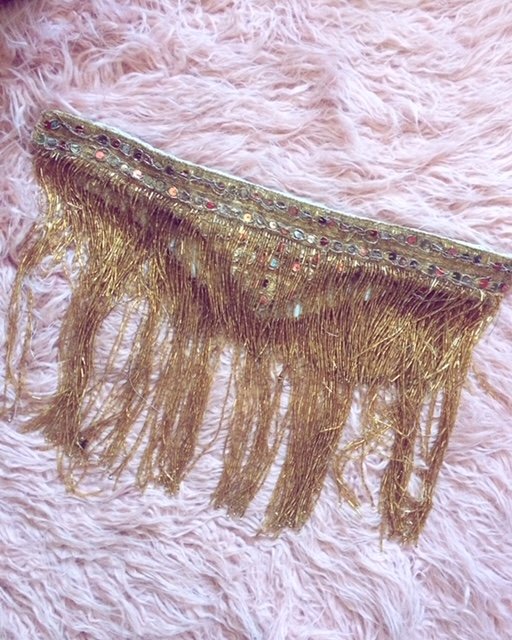MINI MUSEUM: What's the Deal?
Alright WHAT’S THE DEAL?
Our Mini Museum came in quietly and it’s only building!
In past posts, I’ve explained my passion for preserving history through costume and fashion. This Mini Museum is my love letter to history and what makes fashion ART.
Our first exhibit, in August, was titled, You Are Your Own Creation: The History of Beauty, Cosmetics and Practices. On display were some examples of makeup, beauty tools and accessories throughout the decades and their significance pertaining to how we see beauty today. Some examples can be shown in our promo for it below!
Some of my favorite pieces included a pair of early 1950’s German, Blue, human hair false lashes in their original packaging!
Did you know that there was a very prevalent rumor of how false lashes were created? There were stories that the creation of false lashes originated with a proustite during the turn of the century. Supposedly she made false lashes from her own hair to prevent certain (ahem) male bodily fluids from getting in her eyes while performing her services.
This, of course, is FALSE, but I mean….. makes sense?
False lashes were first patented in 1911 by Canadian, Anna Taylor. but it wasn’t until 1916 when director D.W. Griffith used more dramatic false lashes during the filming of “Intolerance” that they really took on a new dramatic appearance. His wigmaker used human hair and spirit gum to attach more dramatic false lashes on actress, Seena Owen, so they would really POP on film. Sadly the spirit gum gave Owen a rash and very painful experience.
Seena Owen in Intolerance
Tidbits like this are what I find so important when it comes to preservation and archiving a lot of the pieces I have in my Mini Museum. When people can see a physical object while also being presented with the fascinating history behind it, then it becomes more than just a “thing” it becomes something bigger.
While the museum may be small (for now) I really hope this sparks more conversations about how important it is to preserve what came before us especially in fashion.
Late 1930’s/ Early 1940’s handsewn and beaded burlesque belt.
How can we truly appreciate what we have now if we don’t see the process of its creation?
Want to help our little museum grow? Check out our Patreon to see how!
Until next time!
Courtney



